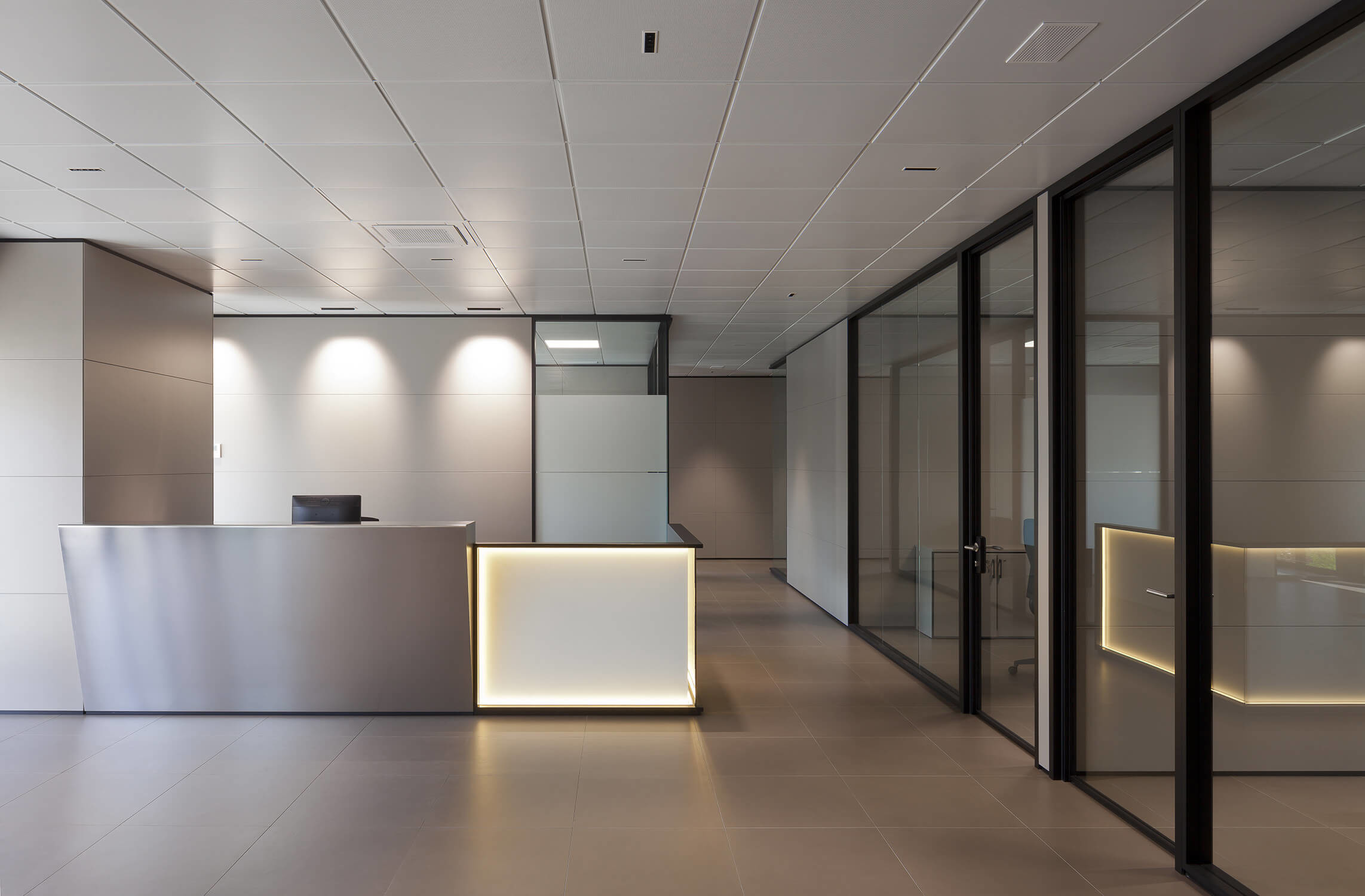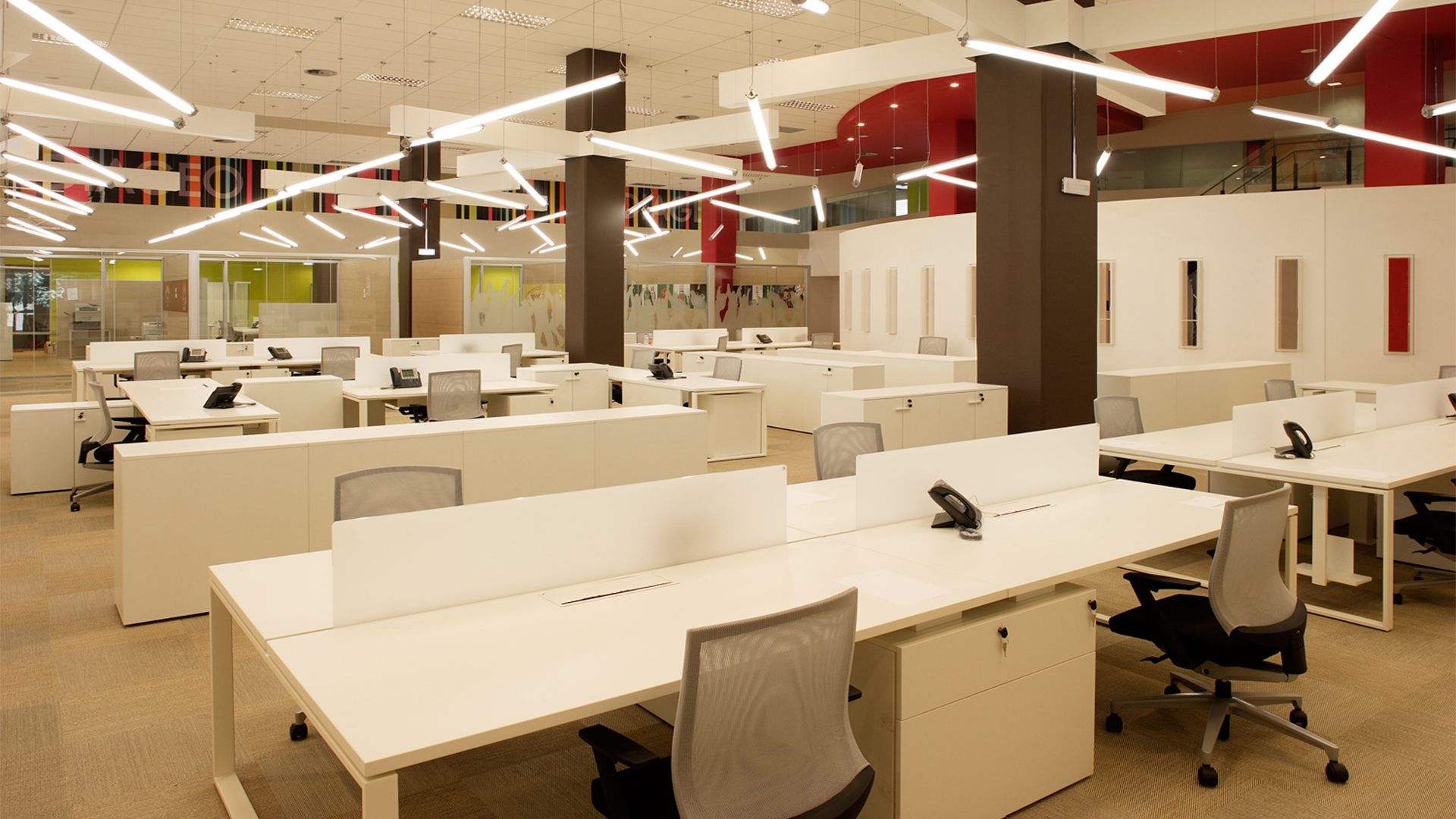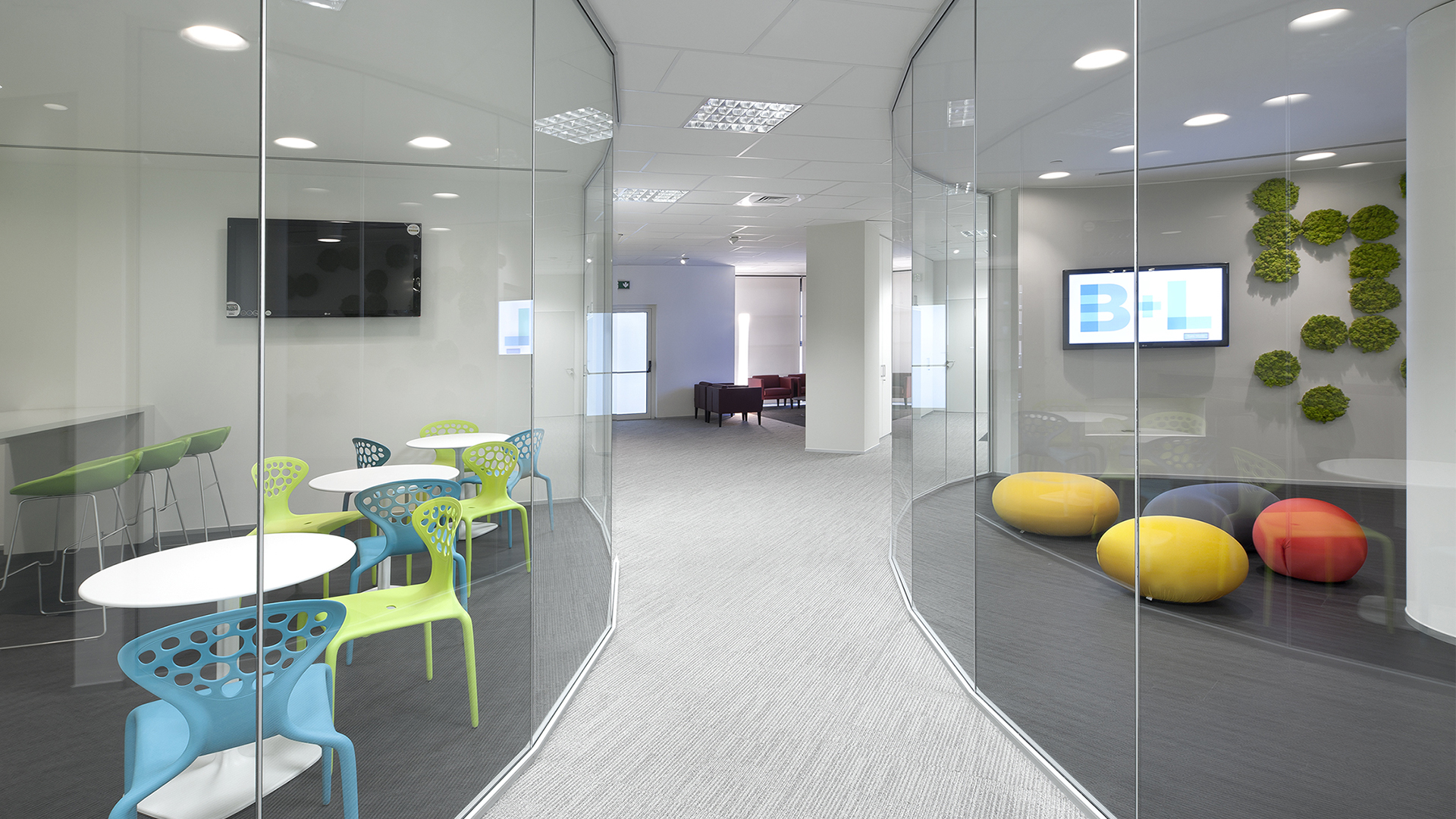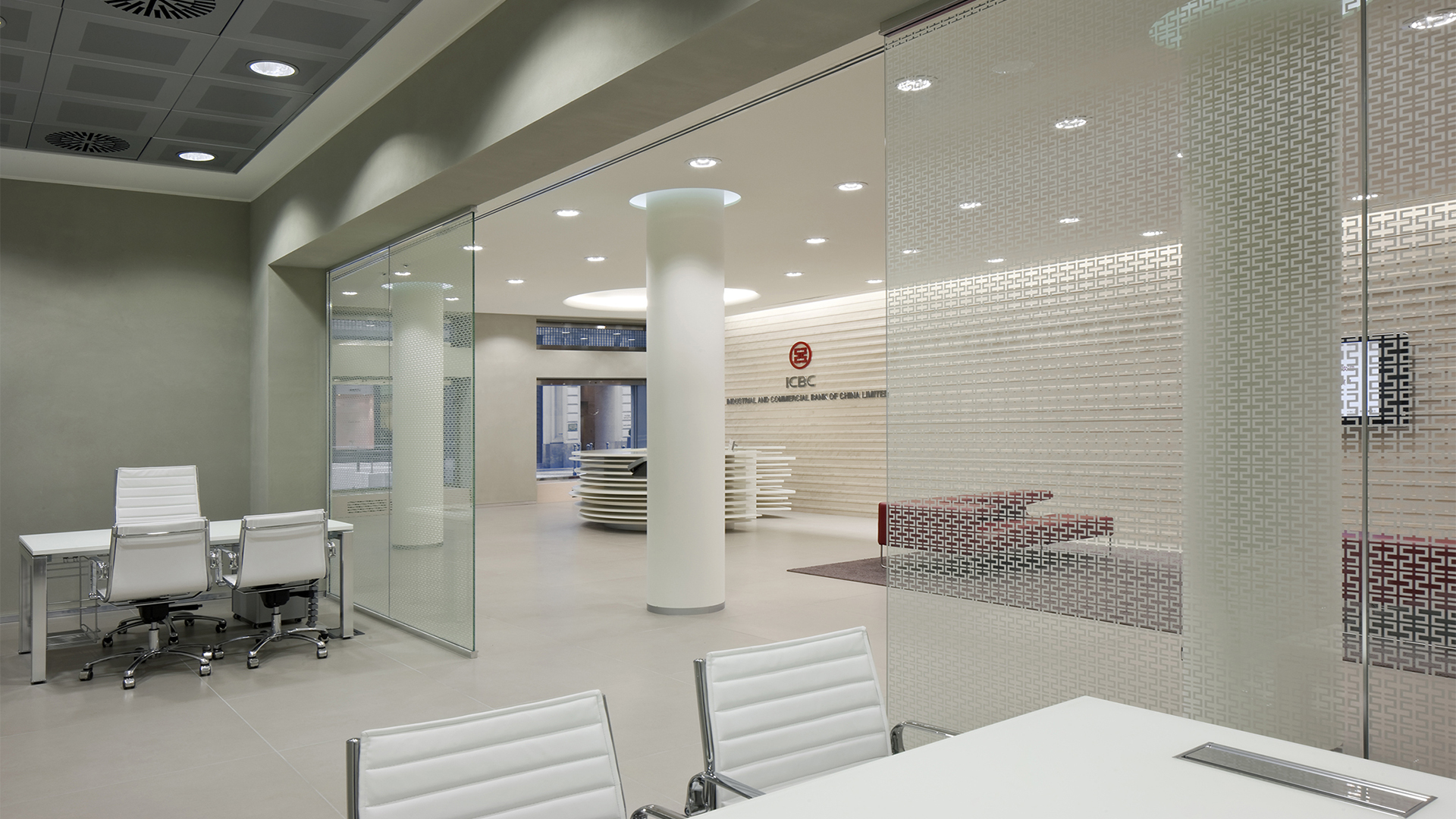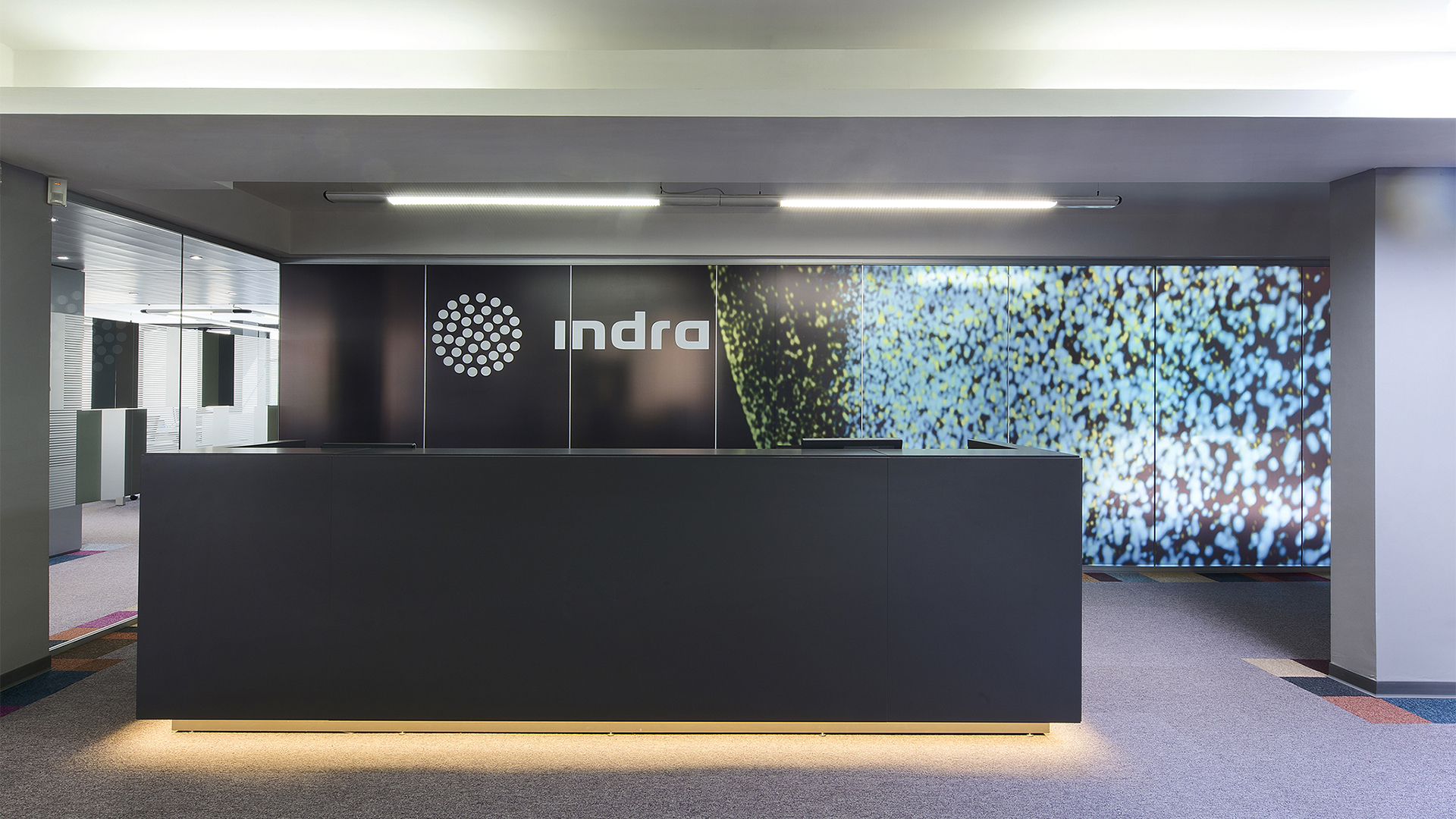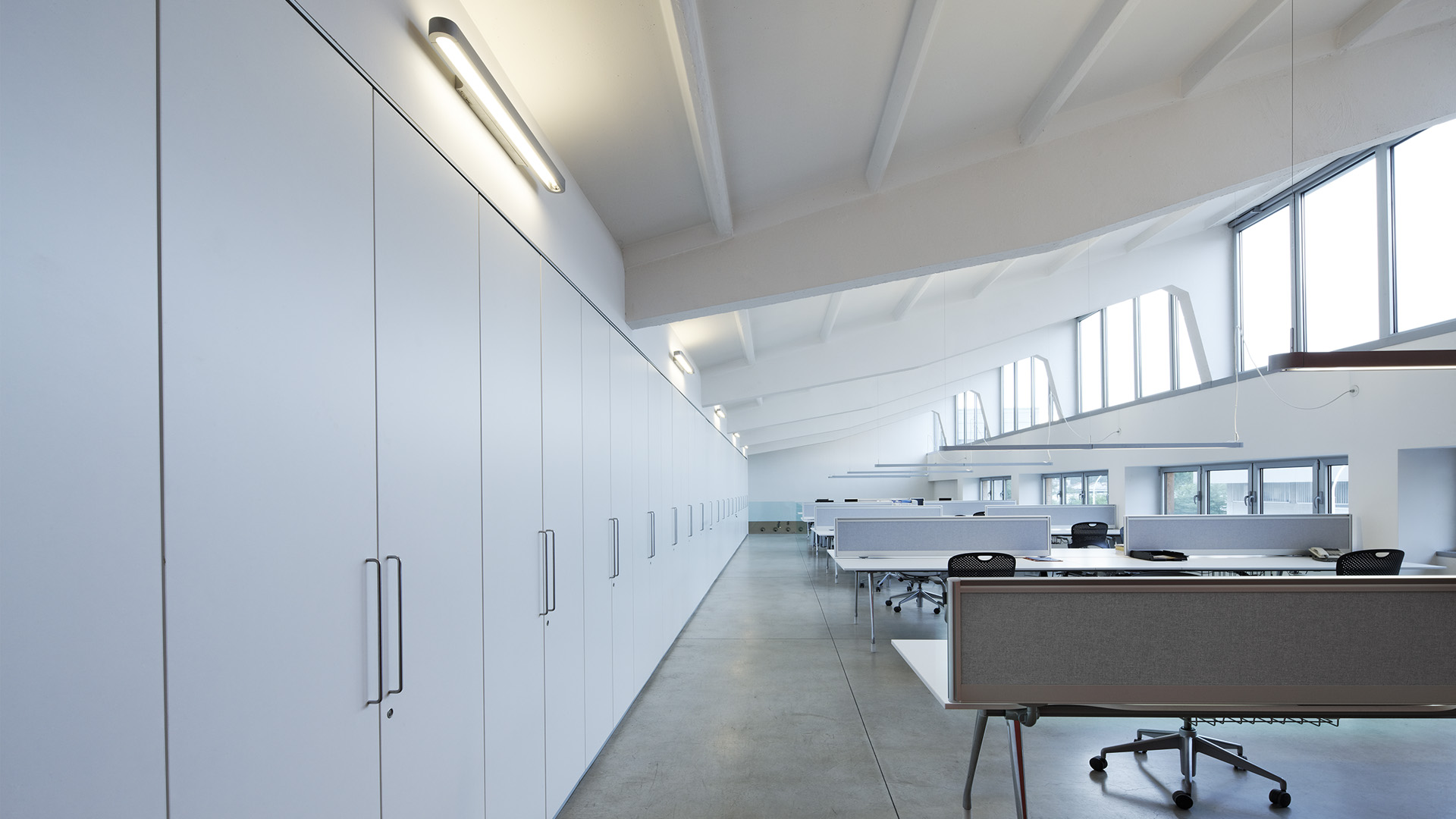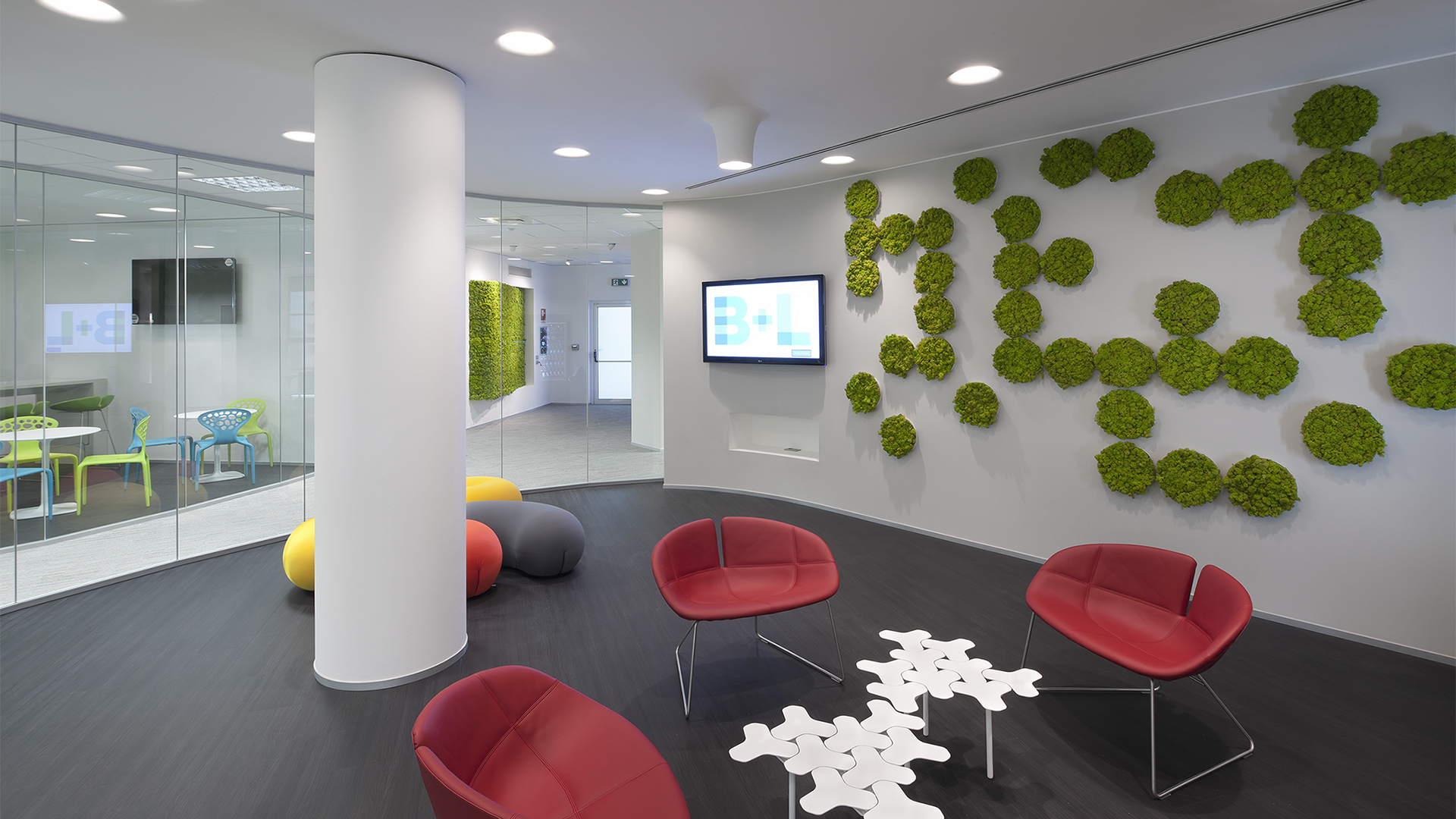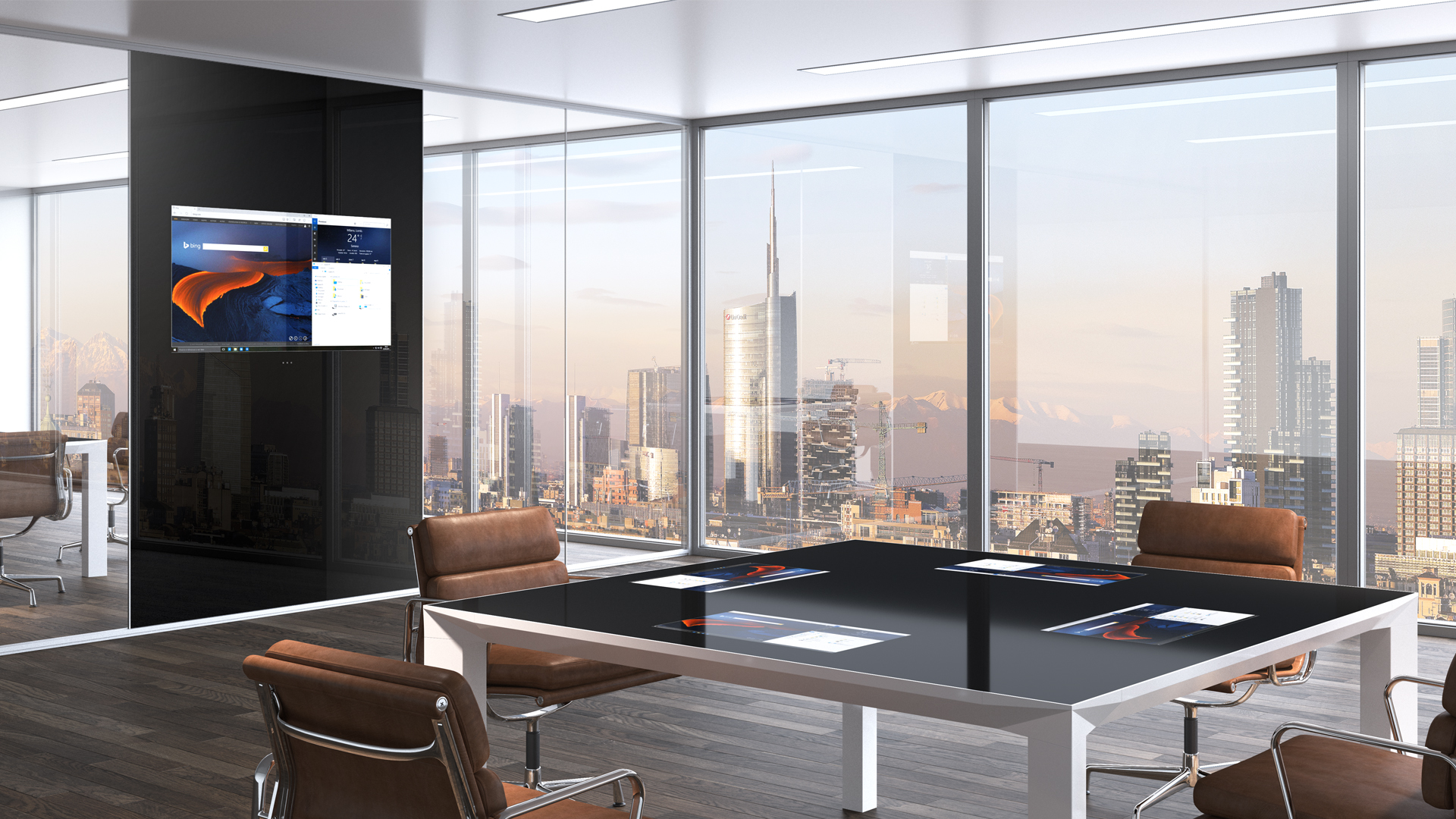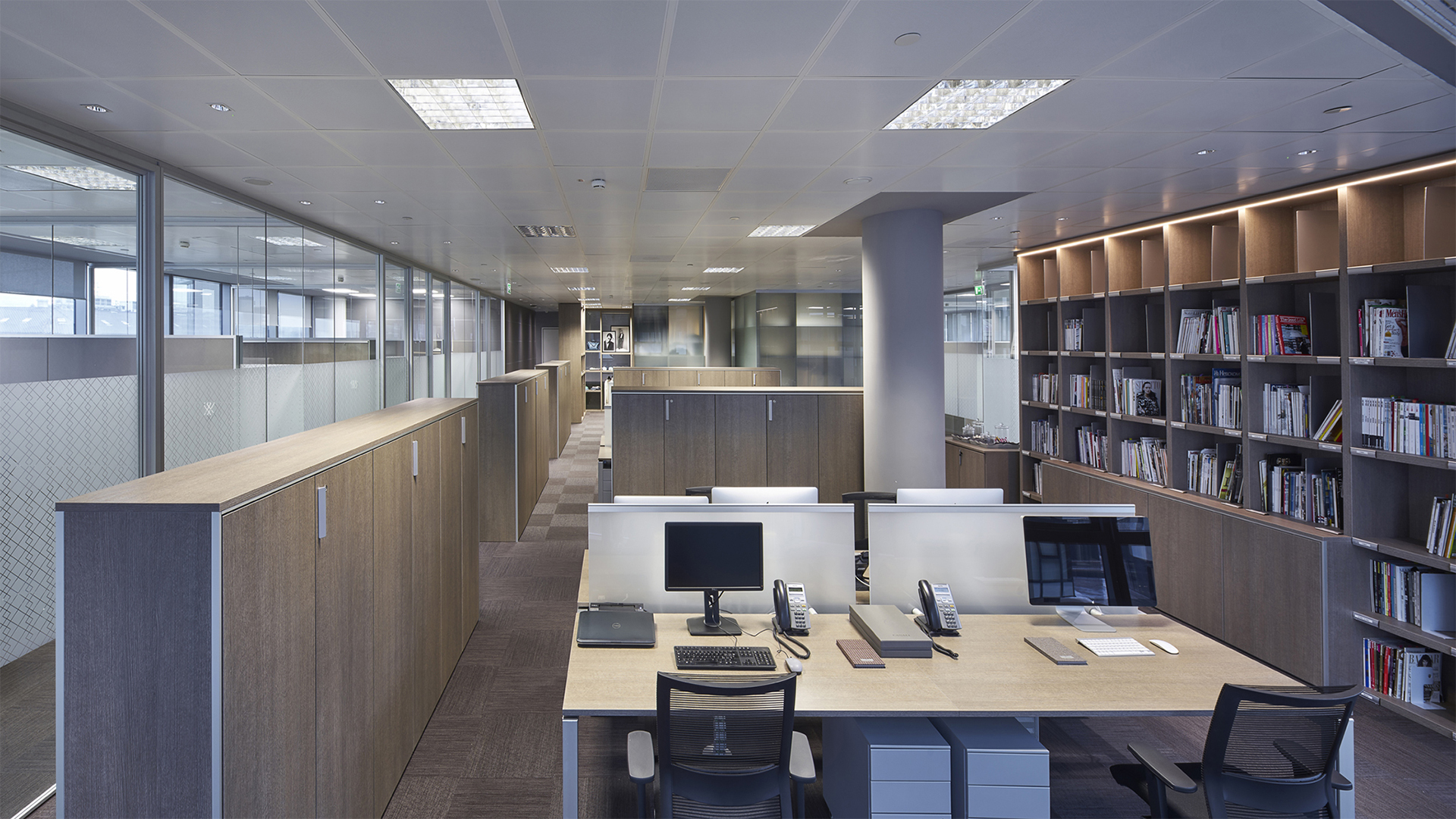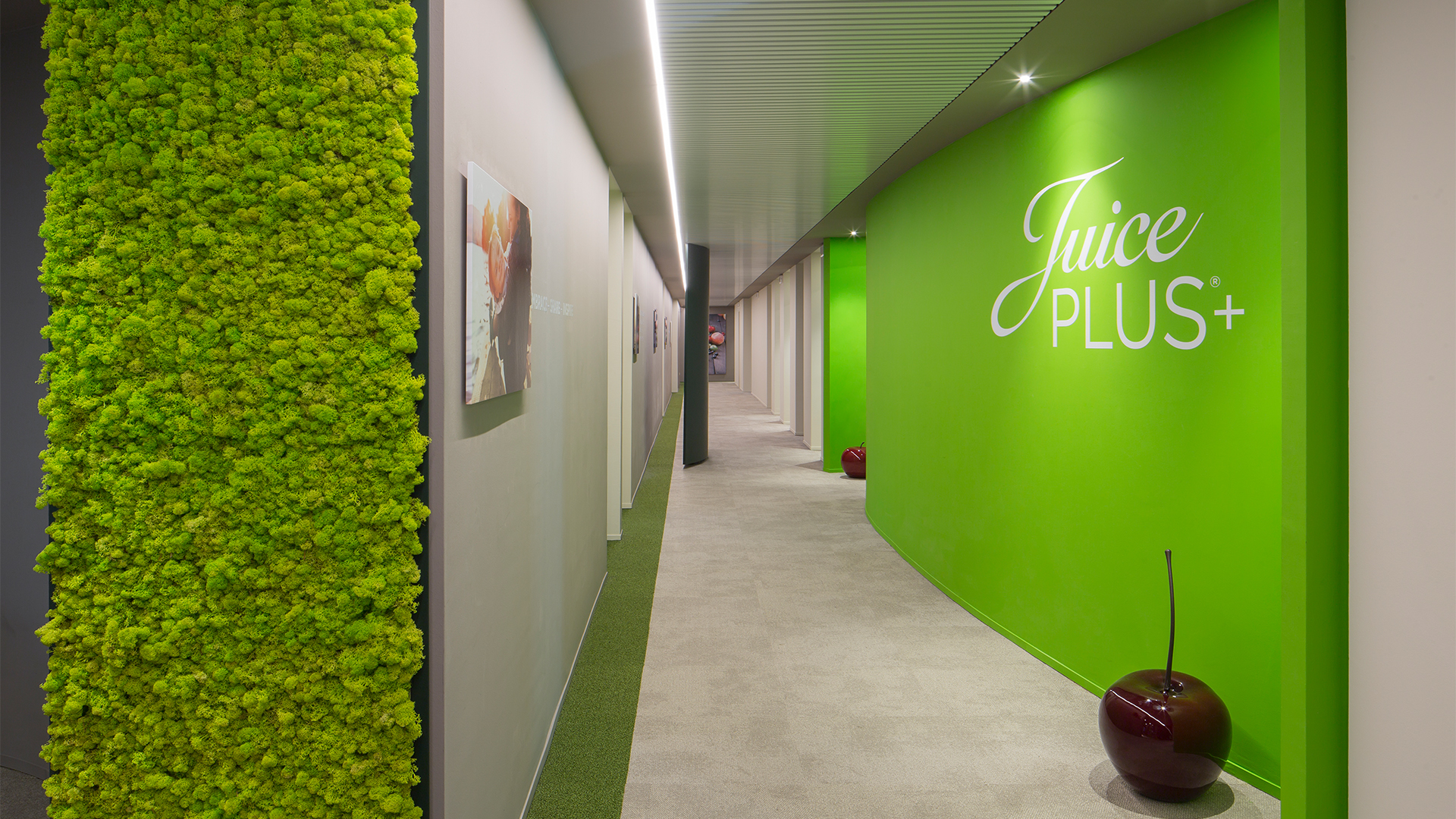Level is investigating how demographics, technology, new working habits and different ways of using the space, are affecting the design of the workplaces.
The results of the research are explained in Level’s Workplace Design Report 2017. Here you can find a list of the 9 most important Office Design trends:
1. Open office: the presence of Millennials in the world of work and the development of mobile technology have profoundly changed the layout of the workplaces. The traditional cubicle office has been replaced by open spaces, composed by flexible mobile partition sistems, that allow to integrate different furniture elements and are easily adaptable to the new ways of working. Modularity is an essential feature of today’s offices, designed with rational subdivisions and easily reconfigurable systems that can be adapted to the different needs of the people. Cubicles are disappearing, tank to the rising of breakout areas, informal meeting rooms and relax zones, where workers can meet and share ideas.
2. Private Corners: while the open office is the most important trend, nowadays designers have to take in consideration the need of privacy of the employees. Focus work requires soundproofing areas, where people can concentrate without being disturbed or interrupted. The layout of the plans must take in consideration these factors: quiet working areas should not be positioned next to communal areas or meeting zones. Leading companies are designing phone boots and independent private boxes for one or two persons to call, video chat or work in total privacy, surrounded only by silence.
3. Transparency: Today, designers are focused on the dematerialisation and lightening of partition elements and walls, to ensure privacy and, at the same time, let the natural light spread into the workplace. This process of reduction involves the use of glass as main material, that can be personalized with textures, graphics or colored pvc coatings. Transparency also means clarity about the internal company’s processes and free circulation of ideas and thoughts.
4. Office Branding: an interesting way to express company’s values and philosophy, is through the use of color to customize furniture and elements of the workplace. Color psychology is fundamental in Office Design, because hue and saturation influences spatial distance as well as time perception and productivity. In general the use of vibrant colors and textures, affects positively the mood of employees and visitors. More frequently, meeting rooms and break out areas are designed to spread the brand mission and for these reasons are personalized with graphics, inspirational quotes and patterns.
5. Worker centered design: present workplaces are focused on the wellness of employees, a feature that has become a priority for a large amount of companies. To help people improve the quality of their lives, firms are stimulating them mentally and physically, offering a healthier environment where they can work and spend lots of hours every day. To maximize the comfort, a healthy workplace must ensure the right balance between natural and artificial light, must be filled with wholesome materials, has to guarantee optimal ventilation and has to be soundproof to avoid noise pollution.
6. Social HUB: new hybrid spaces allow employees to meet and exchange ideas and opinions. Nowadays, collaboration and teamwork are essential and can help optimizing the productivity of workers. Many social hubs are arising, becoming networks where people can experiment, learn, share projects and information about the company and its philosophy. These hubs are also places for professional education, where knowledge is spread to stimulate and inspire people.
7. Smart Office: technology trends, like the development of wearables and the use of laptops and tablets as work tools, are influencing the Office Design. The concept of Smart Office integrates technology inside the components and the furnitures of the workplace, allowing people to connect and share information rapidly. Technology is even more discrete and naturally embedded inside the structures of separation walls, desks and seats.
8. Cozy Office: the domestification of the workplace drives the design of welcoming spaces to enjoy some quiet time. Furnitures and materials are moving towards warmer feelings. Materials with tactile textures, fabrics and wooden finishings are used to give a cozy look to informal meeting rooms and relaxing areas.
9. Biophilic Design: People are more comfortable when living in direct contact with nature, but they spend the most of the time in indoor spaces. Using Biophilic Design as a planning strategy, architects and designers can improve employees productivity up to 15%. This is not only a trend, but a real philosophy that integrates natural elements, organic materials and fluid shapes to Architecture and Interior Design.
